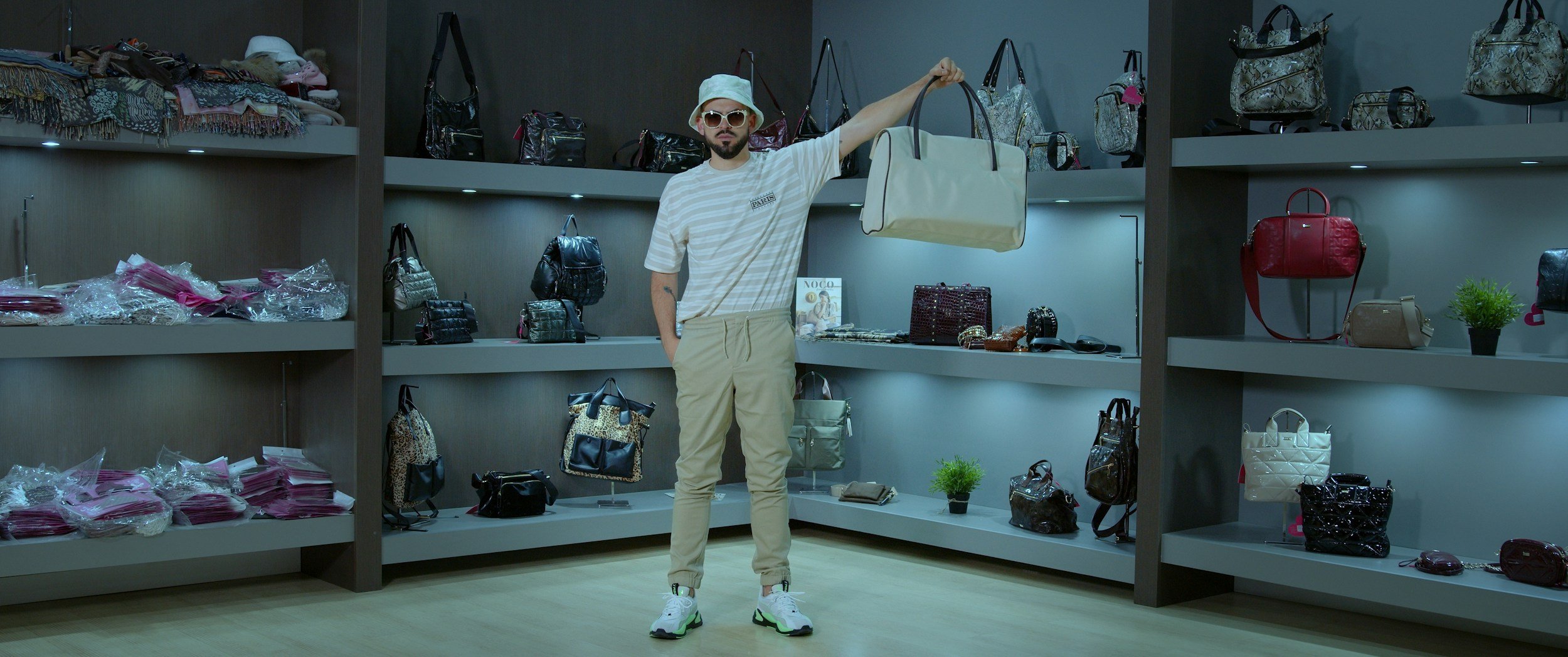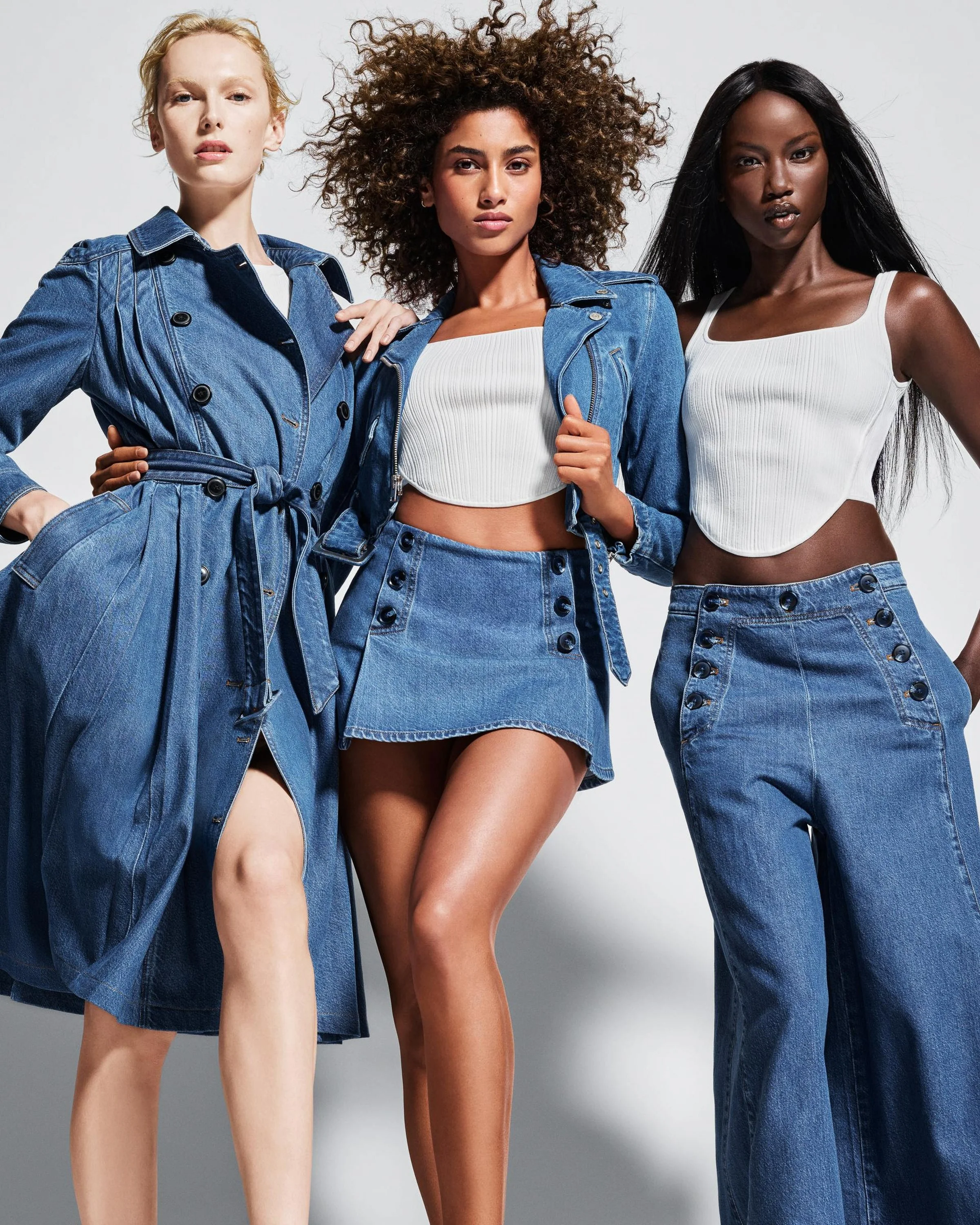Fashion Showrooms: Showcasing Collections in a Dynamic and Engaging Way
By PAGE Editor
Fashion showrooms are essential spaces for designers, buyers, and fashion enthusiasts to experience the latest collections in a setting that brings the creativity and artistry of clothing to life. These showrooms serve as a bridge between designers and the market, offering an intimate yet dynamic environment where collections are displayed, examined, and appreciated.
As fashion evolves, so do the ways in which collections are presented. One of the latest trends in modern showroom design is the incorporation of innovative technologies like the LED window display, which adds a visually captivating and engaging element to these spaces.
In this article, we’ll explore how fashion showrooms have transformed over the years, the importance of a well-designed showroom, and how using technologies such as LED displays can enhance the experience for both designers and viewers.
1. The Role of Fashion Showrooms
At their core, fashion showrooms are spaces designed to showcase the latest collections from designers in a setting that allows buyers, stylists, and media representatives to interact with the pieces on a personal level. Unlike fashion shows, which are often fast-paced and dramatic, showrooms offer a more relaxed atmosphere where individuals can examine fabrics, ask questions, and truly appreciate the craftsmanship behind each design.
Bringing Collections to Life: A well-designed showroom does more than just display clothing on mannequins or racks. It brings the designer's vision to life, setting the tone for the collection. The ambiance, lighting, and overall setup of the space are carefully curated to align with the theme and aesthetic of the designs. This immersive experience is critical in helping potential buyers and clients understand the story behind each collection.
Facilitating Business Connections: Showrooms are also where important business connections are made. Buyers for boutiques, department stores, and online retailers visit these spaces to decide which pieces will make it to the shelves for the upcoming season. It’s where designers meet with industry professionals to discuss pricing, orders, and collaborations, making the showroom an integral part of the fashion industry’s commercial process.
A Space for Creativity and Innovation: Fashion showrooms have evolved beyond simple display spaces; they have become platforms for designers to express their creativity through innovative layouts, use of technology, and immersive setups. With changing trends and increased competition, designers are seeking ways to make their collections stand out in a showroom setting, and the integration of technology has become a key part of that effort.
2. The Power of Visual Impact
One of the most important aspects of a successful fashion showroom is its visual impact. Fashion is a highly visual art form, and creating a space that immediately draws attention and captivates visitors is essential. This is where the use of technology, such as the LED window display, comes into play.
Creating an Engaging Display: An LED window display allows fashion showrooms to attract attention from passersby, instantly drawing people into the space. Whether it’s showcasing runway footage, animated graphics, or large-scale visuals of the latest collection, LED displays provide a dynamic way to engage viewers before they even step foot inside the showroom. The visual stimulation created by LED displays can make a significant difference in how a showroom stands out, especially in competitive fashion districts.
Highlighting Key Pieces: LED displays can be used inside the showroom to highlight key pieces or create a narrative around the collection. For example, designers can use video displays to show the inspiration behind their work, behind-the-scenes footage of the creative process, or close-up views of intricate details that may not be easily visible on mannequins. This interactive use of technology enhances the storytelling element, providing context and enriching the viewer’s experience.
Adapting to Different Collections: Another advantage of using an LED window display is its adaptability. Unlike static displays, LED screens can easily be updated to reflect different collections or seasonal changes. This flexibility ensures that the showroom always feels fresh and relevant, no matter how often the collection changes. The ability to switch between various visuals, color schemes, and themes allows designers to continuously reinvent the space, keeping it exciting for repeat visitors.
3. Technology and Sustainability
Sustainability has become a significant concern in the fashion industry, and this extends to how showrooms are designed and managed. Integrating technology, such as LED window displays, can contribute to more sustainable showroom practices.
Energy-Efficient Solutions: LED technology is known for its energy efficiency. Compared to traditional lighting or display systems, LED displays consume significantly less energy, making them an environmentally friendly option for fashion showrooms. This aligns with the growing movement towards sustainability within the fashion industry, where brands and designers are seeking ways to reduce their carbon footprint, not only in their collections but also in the spaces where they are showcased.
Reducing Waste: Fashion showrooms often change their displays to keep up with new collections and trends. LED displays allow designers to make these updates digitally, reducing the need for physical materials like posters, signage, or printed lookbooks that may otherwise be discarded. This digital flexibility minimizes waste and supports a more sustainable approach to showroom design.
Longer Lifespan: LEDs have a longer lifespan compared to other types of display technologies. This means that fashion showrooms using LED displays can enjoy years of vibrant, high-quality visuals without the need for frequent replacements. The longevity of LED displays contributes to both sustainability and cost savings, as it reduces the need for constant upgrades or repairs.
4. Enhancing the Customer Experience
The modern fashion showroom is about more than just the clothes on display—it’s about creating an immersive, memorable experience for visitors. Incorporating technology like LED window displays can play a major role in enhancing this experience and leaving a lasting impression.
Immersive Visual Storytelling: LED displays provide a platform for storytelling, allowing designers to share the inspiration behind their collections in new and exciting ways. By combining visuals, videos, and graphics, showrooms can immerse visitors in the world of the designer. This deepens the emotional connection between the viewer and the collection, making the showroom experience more impactful.
Interactive Displays: LED screens can also be used for interactive elements, such as touchscreens that allow visitors to learn more about specific garments, materials, or design processes. For example, visitors could interact with the display to explore different color options for a particular piece or view styling suggestions. This interactivity engages customers on a deeper level, making the showroom feel more personalized and innovative.
Building Brand Identity: A well-designed showroom equipped with advanced technologies like LED displays helps reinforce a brand's identity. The visual elements, combined with thoughtful design, help communicate the brand’s ethos, values, and aesthetic. For luxury brands, in particular, the high-tech ambiance created by LED displays can elevate the showroom's atmosphere, aligning with the brand’s image of modernity and exclusivity.
5. The Future of Fashion Showrooms
As the fashion industry continues to evolve, so will the design and functionality of showrooms. Technologies such as LED window displays are just the beginning of how fashion brands will use innovation to engage with buyers, stylists, and consumers. We can expect to see even more dynamic and interactive showrooms that blend fashion with technology to create truly immersive and unique experiences.
Virtual and Augmented Reality: In the near future, fashion showrooms may incorporate virtual and augmented reality to further enhance the showroom experience. Imagine using VR headsets to virtually “walk” the runway or AR apps to visualize how different outfits would look in different settings. These technologies, when combined with LED displays, could take the showroom experience to the next level.
Sustainability-Driven Design: As sustainability becomes a non-negotiable aspect of the fashion industry, showrooms will increasingly prioritize eco-friendly materials, energy-efficient technologies, and waste-reduction strategies. LED displays, with their lower energy usage and ability to reduce physical waste, will continue to play an important role in creating sustainable yet stylish showrooms.
Conclusion
Fashion showrooms have always been important spaces for showcasing collections, but today they are evolving into immersive experiences that blend fashion and technology. The use of LED window displays in these showrooms is changing the way designers engage with their audience, providing dynamic, adaptable, and sustainable solutions for presenting fashion collections in an exciting and innovative way.
As the industry moves forward, incorporating technology like LED displays will not only enhance the customer experience but also contribute to more sustainable practices, making fashion showrooms a powerful tool for both designers and buyers.
HOW DO YOU FEEL ABOUT FASHION?
COMMENT OR TAKE OUR PAGE READER SURVEY
Featured









Every building has a roof, and this part of the construction serves more than just to offer shelter from the rain and sun.